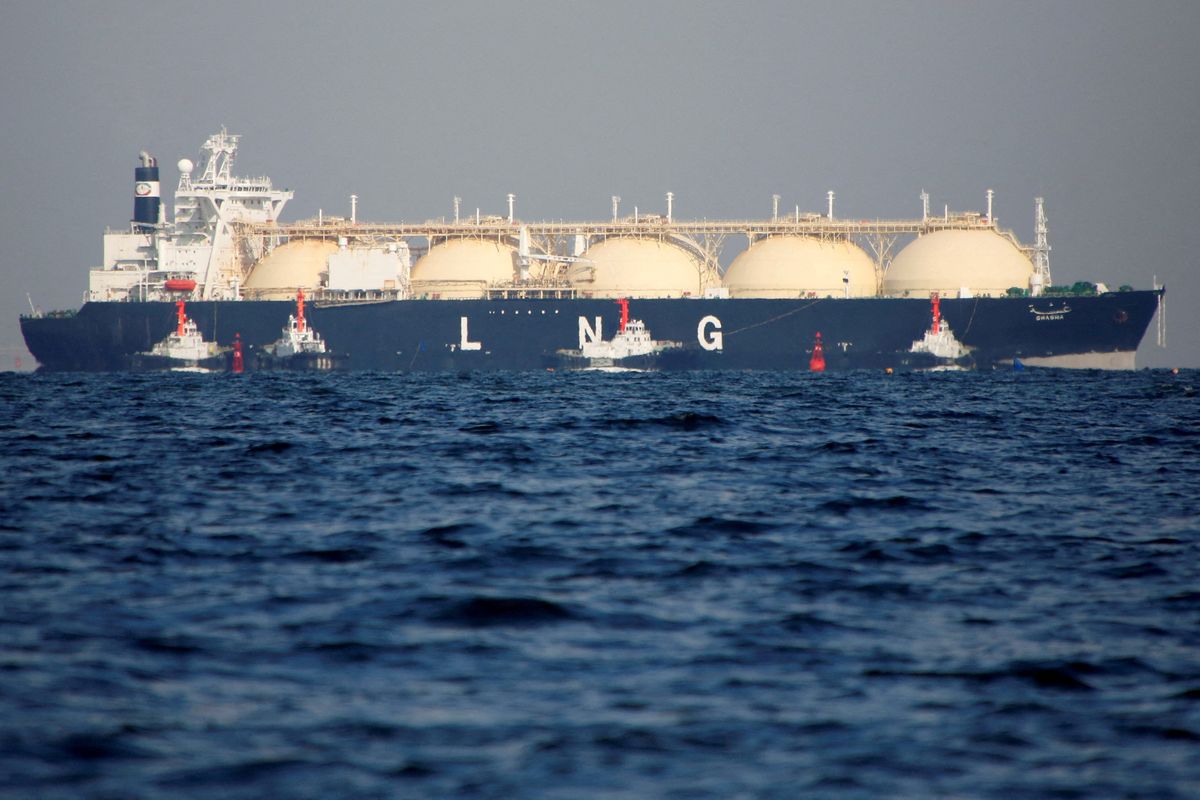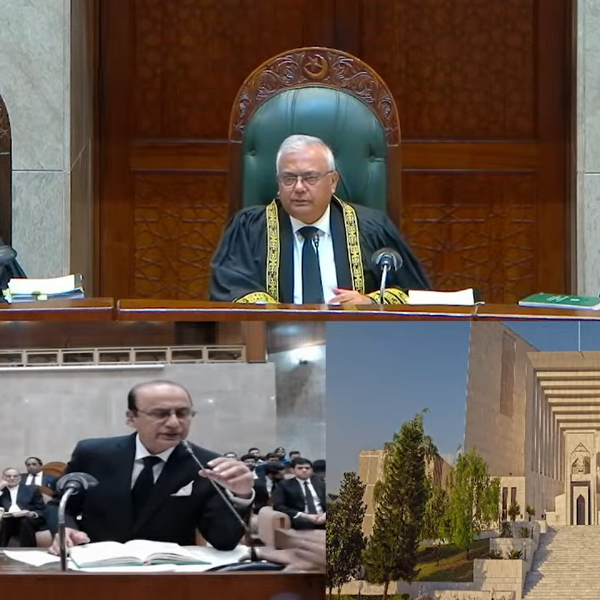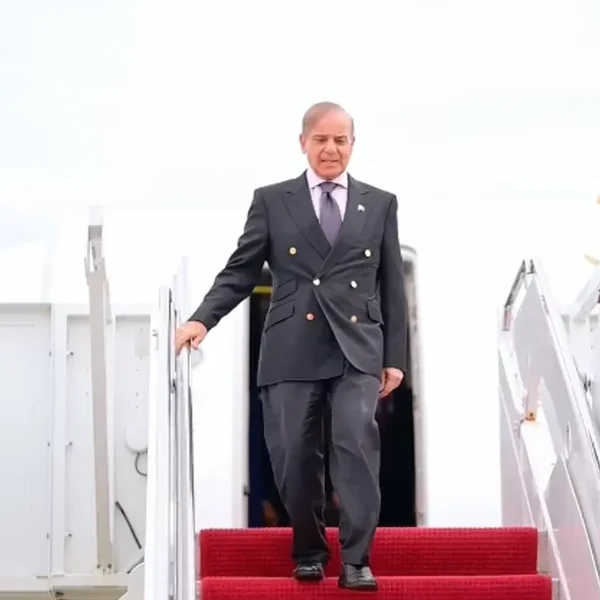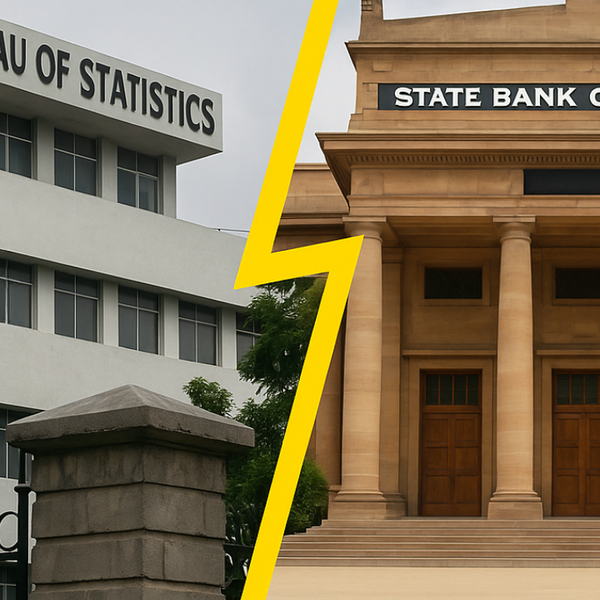Pakistan’s LNG consumption falls 10% in FY26's first quarter
Lower power sector usage, import deferrals, and reduced manufacturing activity drive five-year low in LNG consumption, data shows

Haris Zamir
Business Editor
Experience of almost 33 years where started the journey of financial journalism from Business Recorder in 1992. From 2006 onwards attached with Television Media worked at Sun Tv, Dawn Tv, Geo Tv and Dunya Tv. During the period also worked as a stringer for Bloomberg for seven years and Dow Jones for five years. Also wrote articles for several highly acclaimed periodicals like the Newsline, Pakistan Gulf Economist and Money Matters (The News publications)

Pakistan’s consumption of liquefied natural gas (LNG) fell 10% in the three months ended September 30 as lower demand from power generation and a slowdown in industrial activity weighed on overall usage, official data showed Thursday.
According to figures from the National Electric Power Regulatory Authority (NEPRA), LNG-based electricity generation declined to 6,433 gigawatt-hours (GWh) in FY26's first quarter, down from 7,115 GWh during the same period last year.
Ali Nawaz, chief executive officer of Chase Securities, said the decline in LNG consumption was primarily driven by high prices and reduced industrial output.
Pakistan’s large-scale manufacturing activity slowed to 0.54% year-on-year in August, according to the Pakistan Bureau of Statistics (PBS). The manufacturing sector, which makes up about 8% of the country’s economy, contracted 0.74% in the fiscal year ended June 30 against the government’s growth target of 3.5%.
Analysts say the government’s policy of conserving foreign exchange by reducing spot LNG imports has also curbed overall demand. The slowdown has been compounded by lower requirements from the power sector, particularly during periods of improved hydropower generation and milder weather.
In September alone, LNG-based electricity generation dropped 11% to 1,815 GWh, compared with 2,039 GWh in the same month last year, NEPRA data showed.
Industrial and power sector impact
Waqas Ghani, head of research at JS Global Capital, said Pakistan is witnessing lower regassified LNG (RLNG) consumption mainly due to reduced demand from captive power plants (CPPs) after the government imposed a levy on RLNG tariffs.
High RLNG prices—ranging between PKR 3,500 and PKR 4,291 per million British thermal units (MMBtu)—have caused industrial consumption to fall sharply from 350 million cubic feet per day (mmcfd) to just 100 mmcfd, he said.
Gas use by power generation companies has also plunged to 450 mmcfd, down from 800 mmcfd earlier, as the government diverts more of the costly imported fuel to the heavily subsidized household sector, worsening fiscal pressures.
The reduction in power sector demand has led to a glut in the gas pipeline system, resulting in curtailment of domestic natural gas production, Waqas added.
Import deferrals and long-term contracts
Lower consumption has forced the government to defer or divert 35 LNG cargoes scheduled for 2026, including 24 cargoes (two per month) from Qatar and 11 cargoes (one per month) from ENI.
Pakistan’s first long-term LNG contract with Qatar was signed in 2016 for 15 years at a Brent crude slope of 13.37%, while a second agreement finalized in 2022 covers 10 years at a 10.2% slope. The ENI supply deal, signed in 2017, spans 15 years and is priced at a Brent slope of 12.14%.
So far, the government has deferred five Qatari cargoes and nine from ENI, originally intended for purchase by Sui Northern Gas Pipelines Limited, which serves 7.2 million consumers nationwide.
Outlook
Pakistan’s total LNG consumption dropped to 914 mmcfd in the fiscal year ending June 30—the lowest level in five years—according to the Ministry of Energy. LNG imports have declined for five consecutive years, from 1,106 mmcfd in FY2021 to 923 mmcfd in FY2024.
In total, Pakistan imported 116 LNG cargoes during FY2025, down from 121 the previous year.
Experts say Pakistan needs to diversify its energy mix by enhancing domestic gas exploration, accelerating renewable energy projects, and improving LNG import infrastructure and long-term supply contracts to ensure stable pricing and availability.
“Energy efficiency and demand management measures are also crucial to balance affordability and supply,” Nawaz said.










Comments
See what people are discussing